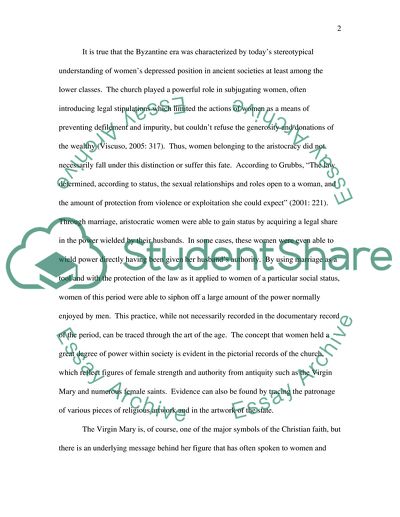Cite this document
(“Women in Ancient Society Research Paper Example | Topics and Well Written Essays - 2000 words”, n.d.)
Retrieved from https://studentshare.org/social-science/1552544-women-in-ancient-society
Retrieved from https://studentshare.org/social-science/1552544-women-in-ancient-society
(Women in Ancient Society Research Paper Example | Topics and Well Written Essays - 2000 Words)
https://studentshare.org/social-science/1552544-women-in-ancient-society.
https://studentshare.org/social-science/1552544-women-in-ancient-society.
“Women in Ancient Society Research Paper Example | Topics and Well Written Essays - 2000 Words”, n.d. https://studentshare.org/social-science/1552544-women-in-ancient-society.


